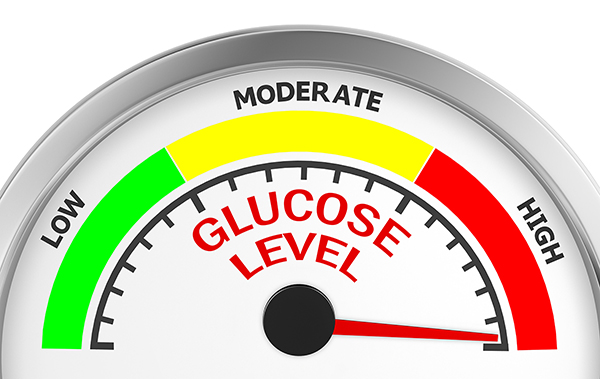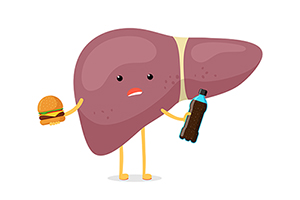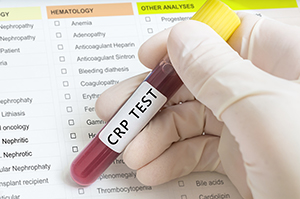



| By Dr. Ronald Hoffman

By now we’re all well aware of the importance of good blood sugar control. Even when it’s not a matter of lowering out-of-range glucose in outright diabetes—or avoiding inadvertent hypoglycemic episodes resulting from overzealous insulin dosing—evidence is amassing that optimizing blood sugar even when in “normal” non-diabetic ranges confers major benefits.
Borderline elevations in blood sugar are strongly correlated with metabolic syndrome, which is a driver of cardiovascular risk—and are even associated with many cancers.
And studies confirm that hemoglobin A1c—a measure of average blood sugar over the prior 3-4 months—is highly predictive of dementia risk, even among people without diabetes.
Until the advent of Continuous Glucose Monitors (CGMs), it was difficult for people to get accurate, real-time, instantaneous feedback about how they react to medication, supplements, diet, exercise, stress, or even sleep duration. Consider these possible scenarios:
There’s a growing cadre of non-diabetic individuals who want to study their blood sugar. Until recently, the only self-testing option was frequent finger sticks. But these tests, while now widely available to consumers, are inconvenient and painful. Additionally, you have to test often to detect trends, and then connect the dots to yield a curve of blood sugar values. When you don’t stick, you might be missing meaningful excursions of blood sugar.
Enter CGMs. Several brands are available, including the Dexcom, Medtronics Guardian, Senseonics Eversense and the Freestyle Libre by Abbott, which I’ve been road-testing.
The chief advantage of the CGM is that it’s a wearable that delivers continuous blood sugar readings, offering (theoretically) a 24/7 record of your blood sugar without the need to perform arduous finger sticks.
The Freestyle is applied to the back of your arm with a nicely designed spring-loaded cassette. A small disk with an adhesive extends a painless thin metal probe under your skin and reads your glucose. The disc wirelessly transmits results to a small reader which you periodically swipe to the back of your arm—even through clothing—to obtain your results.
The readout tells you if your blood sugar is steady, rising or falling slowly or rapidly, within or outside a predetermined range, which you can set. It can also be configured to deliver alarms for precipitously rising or falling blood sugar.
You can view graphs of continuous blood sugar readings and spot trends. Say you decide to chuck your very low carb diet and have a breakfast bowl of sugary cereal. Even if you don’t immediately swipe the reader over the sensor disc implanted in your arm, a graph of your morning blood sugar obtained later will reveal a spike.
But alas, there are disadvantages and limitations.
So, bottom line, with the above qualifications, I would say that CGMs are a good option for spotting trends—but not precisely delineating blood sugar. After comparing your CGM reading to a couple of finger sticks, you should be able to mentally recalibrate your CGM readouts to give you a reasonable report card that should inform and reinforce your efforts at diet, exercise and lifestyle modification. It’s fun and revelatory—try it!
Though we think of declining estrogen as the hallmark of menopause, it's actually common for…

Up to 12 percent of Americans have ulcers at some point in life. Peptic ulcers…
Gallbladder disease is a modern illness. An estimated 20 million Americans have gallbladder disease. The…

There’s more to GI health than whether or not to take an acid-blocker. All too…

In the latest attempt to remove “stigma” from medical terminology, liver specialists have come up…

Q: My husband’s high sensitivity C-reactive protein (hs-CRP) is 1.62 and his homocysteine is 13.1. If…

Banish the Bloat: Leyla Weighs In with Tips and Insights

Our virtual voicemail is open 24/7, so there's no need to wait to submit your questions for Dr. Hoffman. Leave a message, and you may hear your question featured on the Intelligent Medicine radio program!